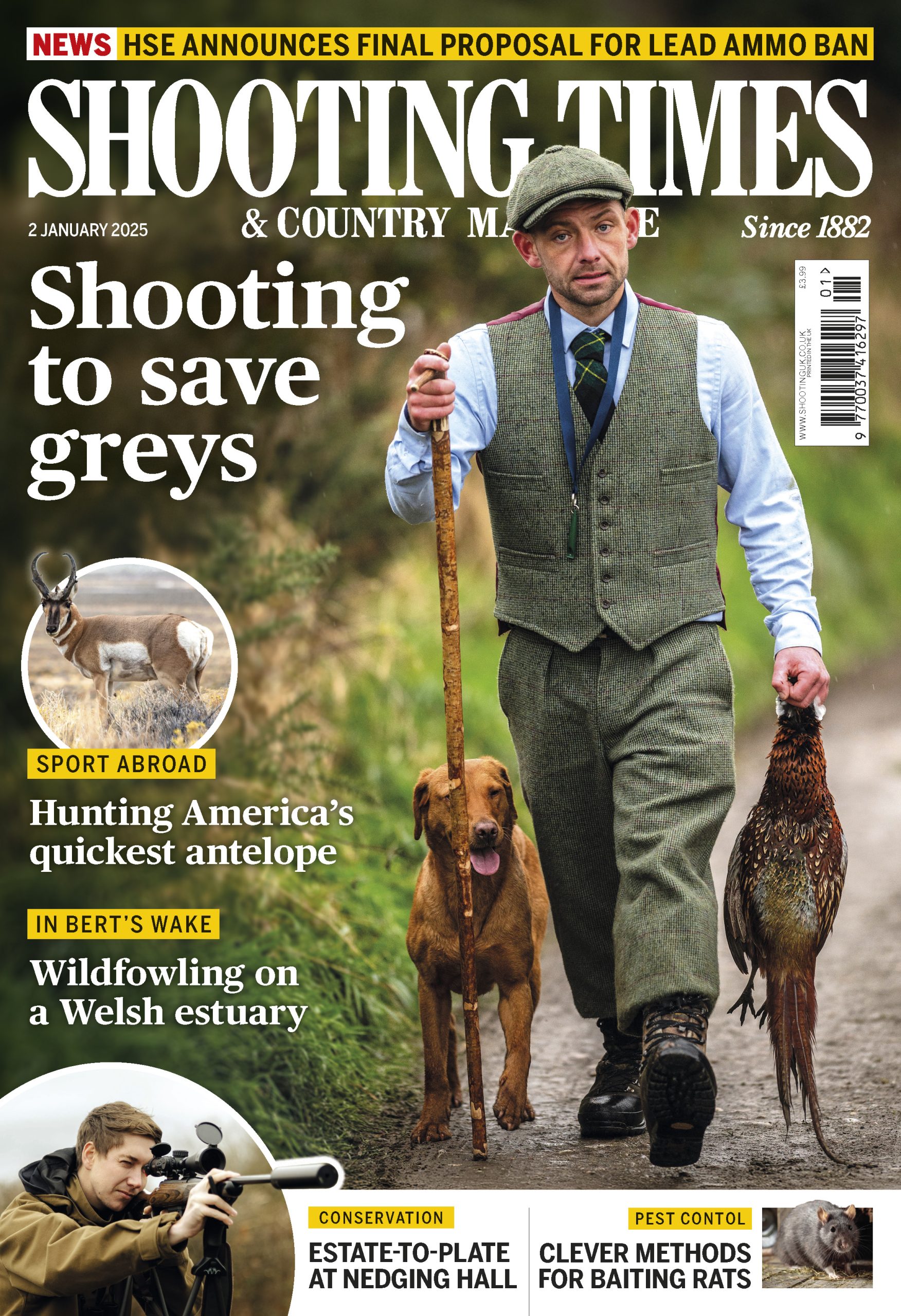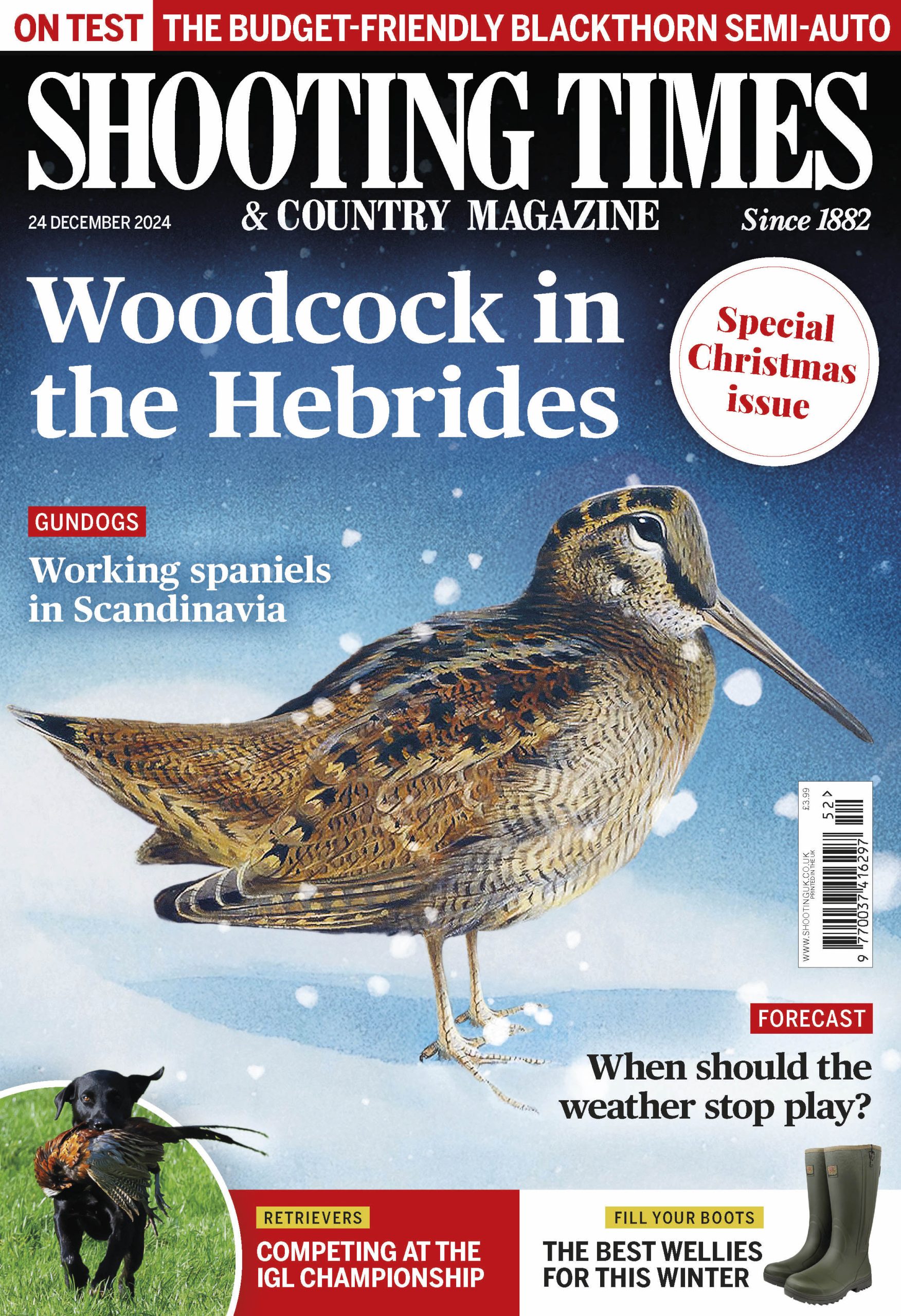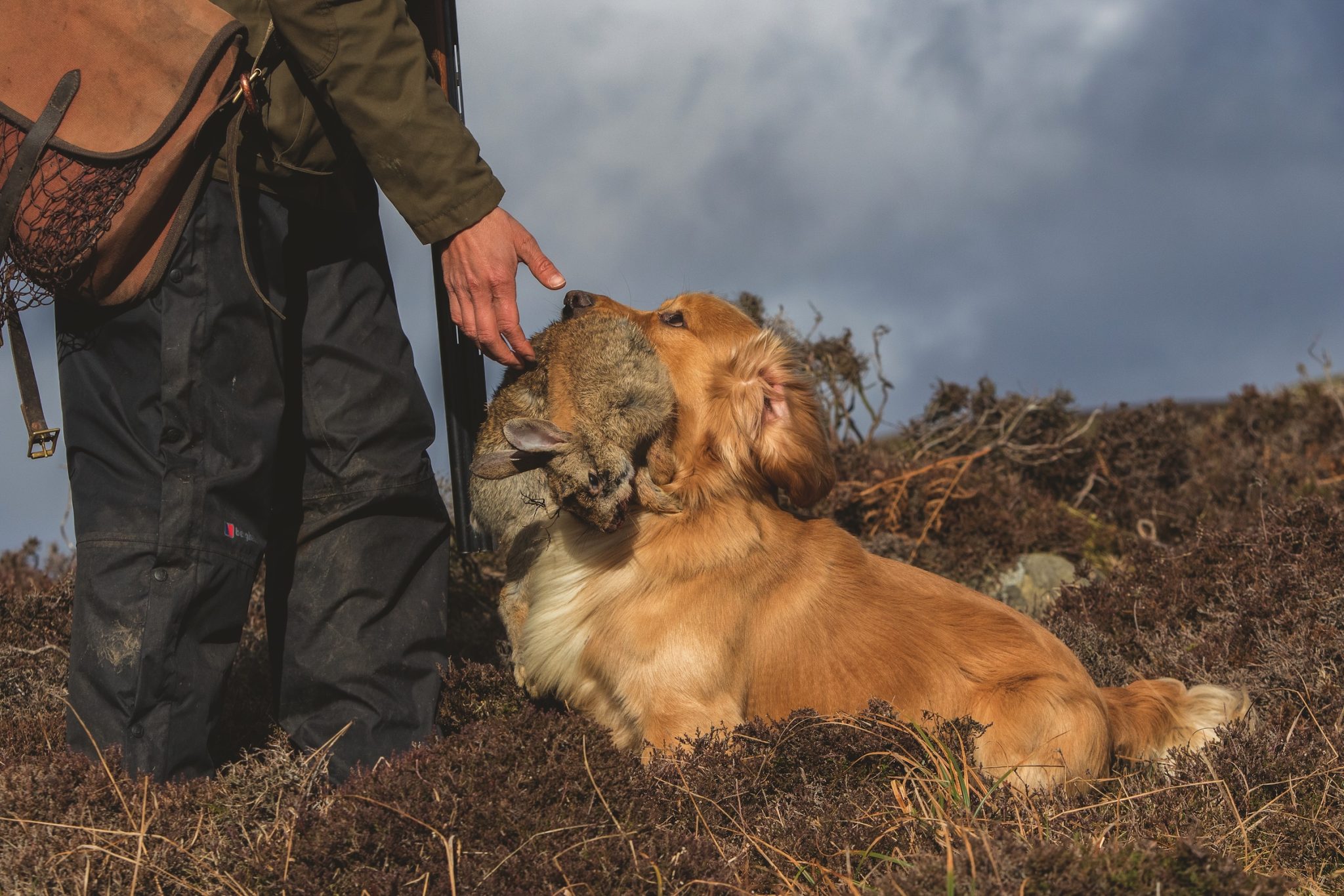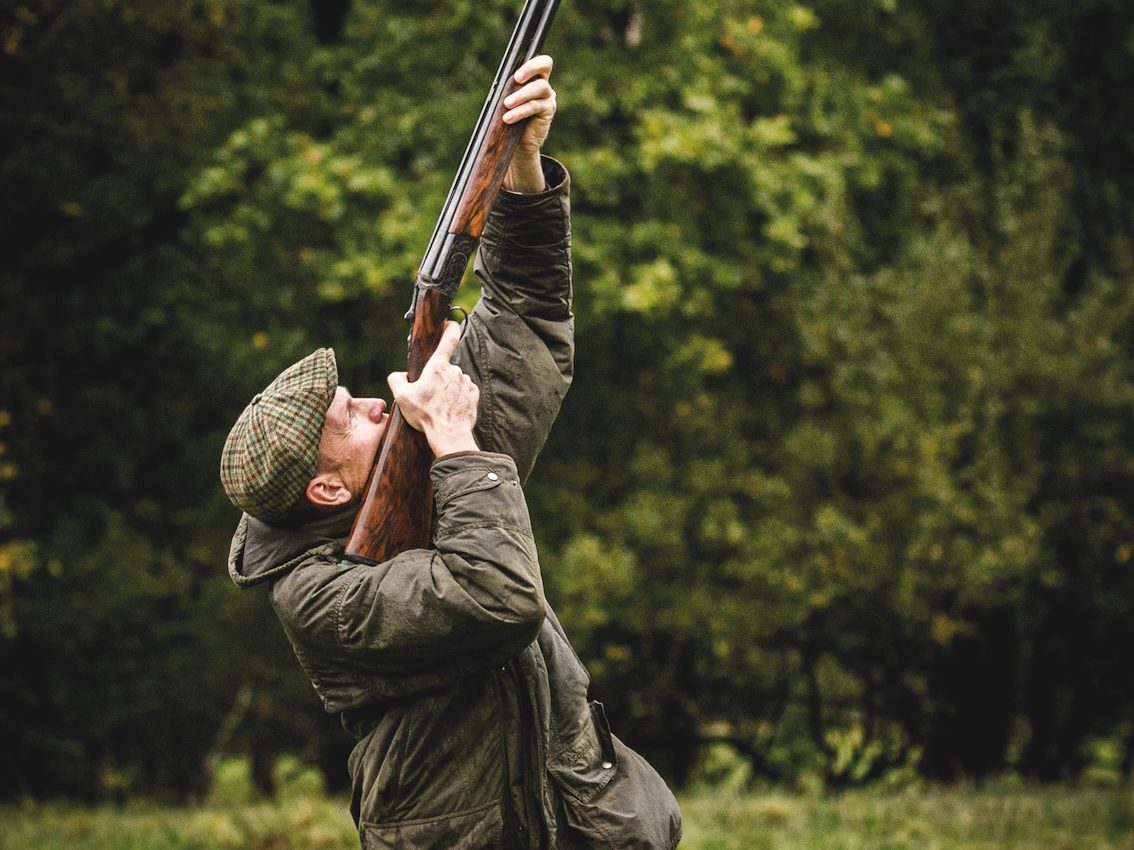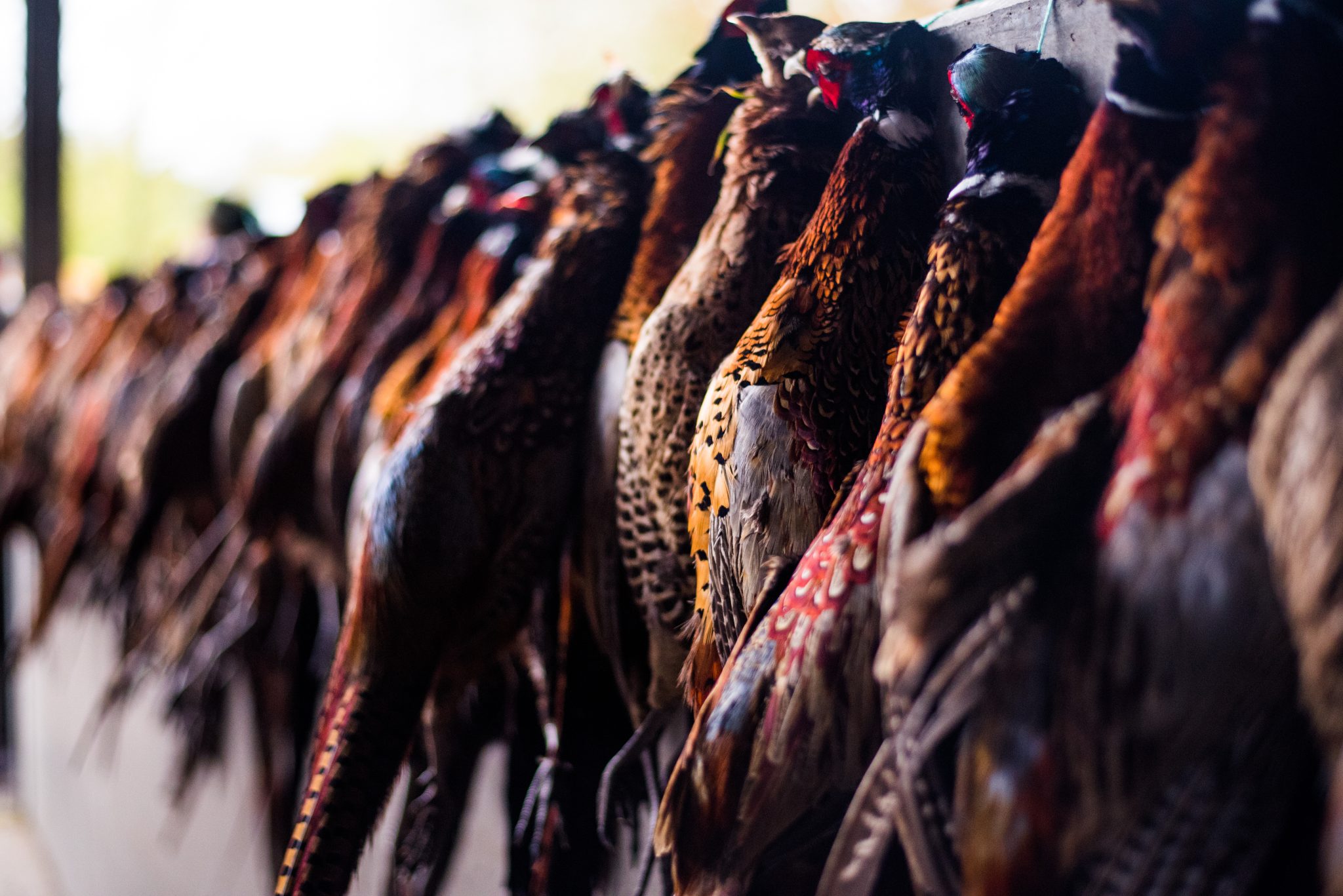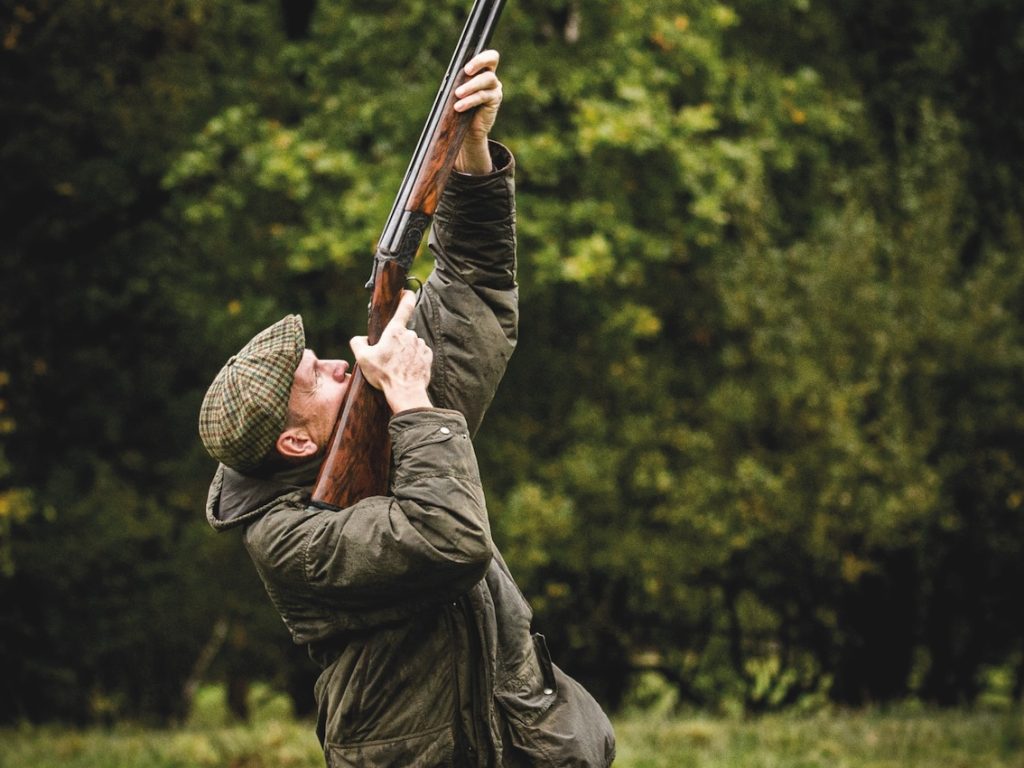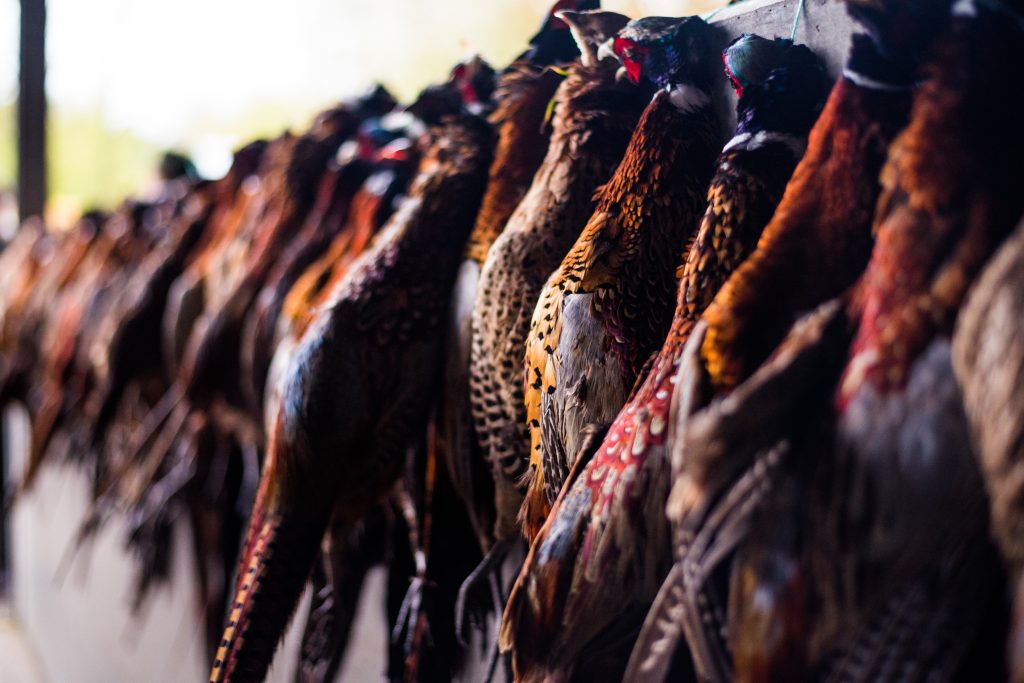Win CENS ProFlex DX5 earplugs worth £1,149 – enter here
Defra consultation under fire as key evidence discredited
Defra’s review of burning regulations faces backlash as academic evidence is formally discredited.
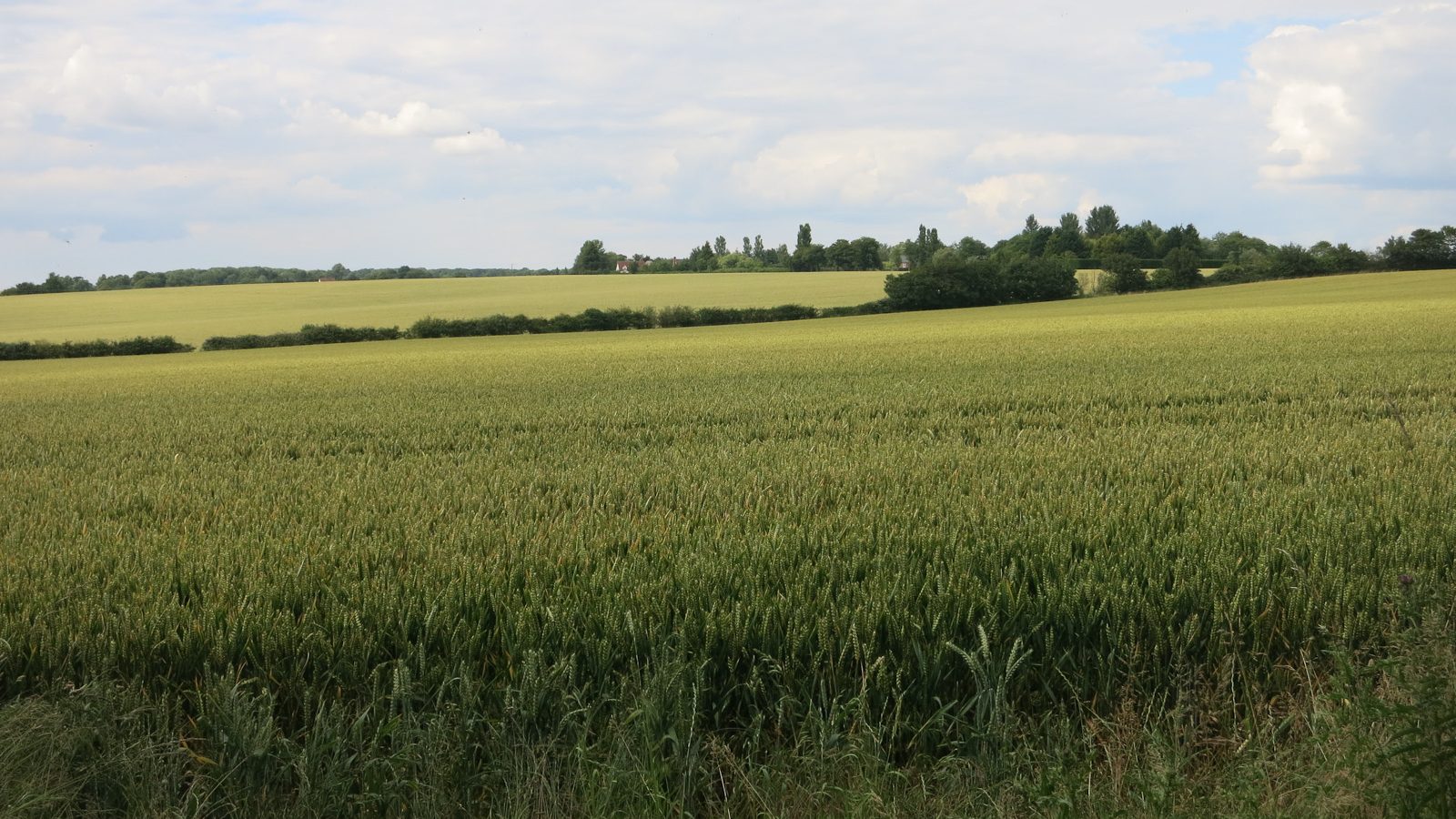
Defra’s public consultation on changes to heather and grass burning regulations, which closed on 25 May, is facing a growing credibility crisis. The proposed revisions — including extending licensing across all Less Favoured Areas (LFAs) and reducing the banned burning threshold from 40cm to 30cm peat depth — have sparked widespread concern among rural and conservation groups.
Central to the controversy is a key piece of evidence cited by Defra: a report from Natural England, now widely discredited. The University of York, whose academics were listed as co-authors, has formally requested its name be removed from the document.
Critics argue the consultation is unravelling under the weight of flawed science and poor transparency. The Moorland Association, representing landowners and gamekeepers, stated that the review is “falling apart under the weight of its own failings.” It warned that the proposed restrictions could severely undermine traditional moorland management practices.
Controlled burning — or muirburn — is a long-established and effective method for reducing wildfire risk, encouraging biodiversity, and maintaining habitat for iconic upland bird species like the curlew. Conservationists and rural stakeholders are now urging Defra to pause implementation of any new regulations until the science behind them can be properly reassessed.
“We support sustainable moorland management backed by sound evidence,” said a Moorland Association spokesperson. “Right now, that foundation is crumbling.”
Related Articles
Get the latest news delivered direct to your door
Subscribe to Shooting Times & Country
Discover the ultimate companion for field sports enthusiasts with Shooting Times & Country Magazine, the UK’s leading weekly publication that has been at the forefront of shooting culture since 1882. Subscribers gain access to expert tips, comprehensive gear reviews, seasonal advice and a vibrant community of like-minded shooters.
Save on shop price when you subscribe with weekly issues featuring in-depth articles on gundog training, exclusive member offers and access to the digital back issue library. A Shooting Times & Country subscription is more than a magazine, don’t just read about the countryside; immerse yourself in its most authoritative and engaging publication.
